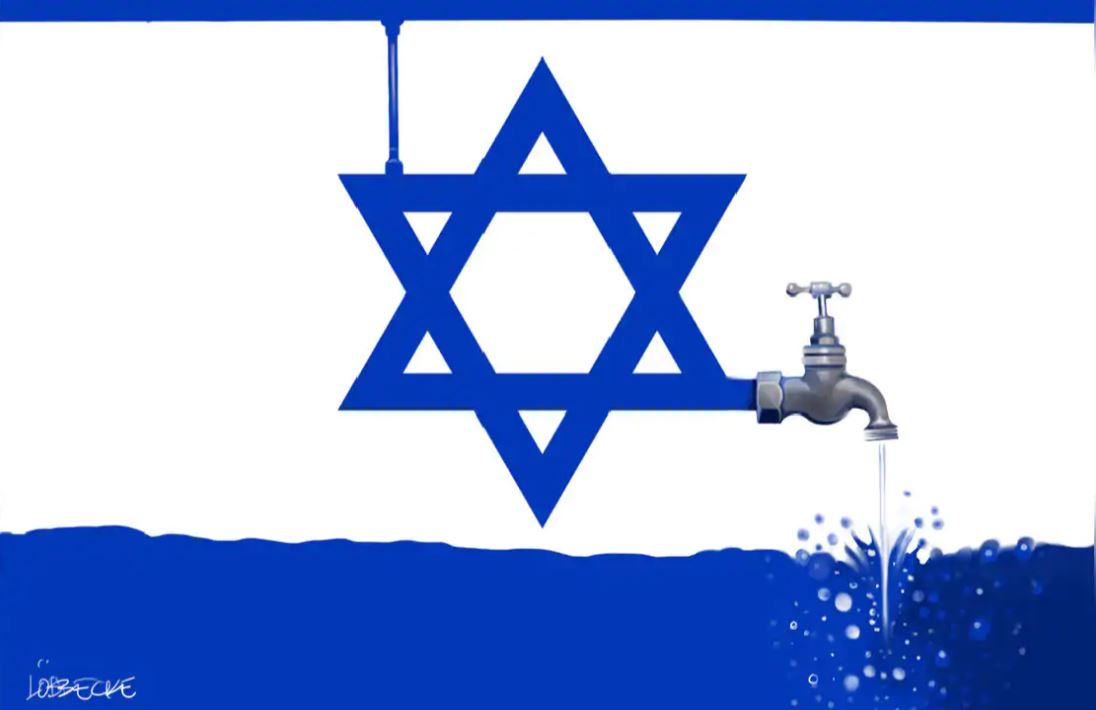Until several years ago, Israeli television regularly screened public advertisements warning citizens that “Israel is drying up” and urging them to conserve water.
Israel’s lack of water security, compounded by a long drought, was considered by strategic experts as a potential existential threat to the state — on a par with war and famine. But within a few years Israel turned it around.
The alarming TV ads have gone. Today, notwithstanding the fact it inhabits one of the driest regions on Earth and is in the fifth year of drought, Israel has the water to meet the needs of its population, farmers and industry.
How did this come about? And what are the lessons for Australia as we yet again struggle with drought?
Israel is a drier country than Australia, receiving average annual rainfall of about 435mm compared with our 534mm. More than half of Israel is desert.
Obviously, Israel is also much smaller than Australia, less than one-third the size of Tasmania, receiving 0.2 per cent of Australia’s total rainfall volume.
Despite this, it supports a population of eight million, exports significant agricultural produce and still has enough water left over for gardens, to wash cars and to fill swimming pools.
This has been achieved through three water “revolutions”, with a fourth about to start.
Read the article by Michelle Blum (chief executive of the Australia Israel Chamber of Commerce) in The Australian.

